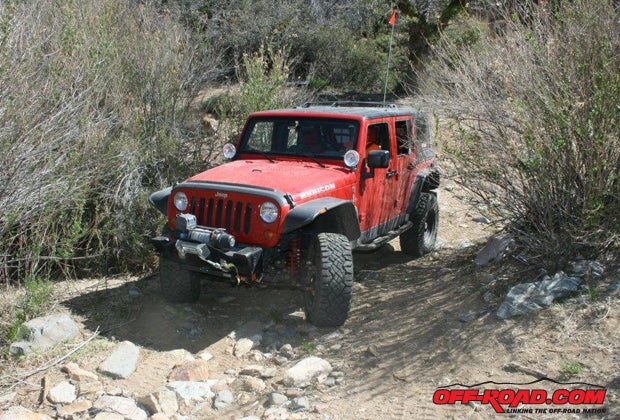
When you’re on the trail the last thing you want to think about is the engine. In Jeep JK models (2007-2014), OEM gauges tell you the engine temperature and fuel level, but oil pressure and battery conditions are only covered by warning lights (A.K.A. idiot lights). Idiot lights don’t keep you aware of what’s going on, they only let you know when something goes wrong. According to a Jeep tech, Chrysler only says as long as there is at least 7 psi of oil pressure at the switch, it’s all good. In my opinion, this design does not keep a driver feeling warm and fuzzy. “Is the alternator keeping the battery charged?” “Is the oil pressure falling off?” Peace of mind is what two or three additional gauges can give a JK driver.
For the past six years I’ve been worrying about what was going on in that little 3.8L V6 under the hood of my 2007 Jeep Rubicon Unlimited. Turns out I needn’t have wondered. I now know that little sucker is pumping more than 50 psi of oil pressure and 14+ VDC to the battery at highway RPM.
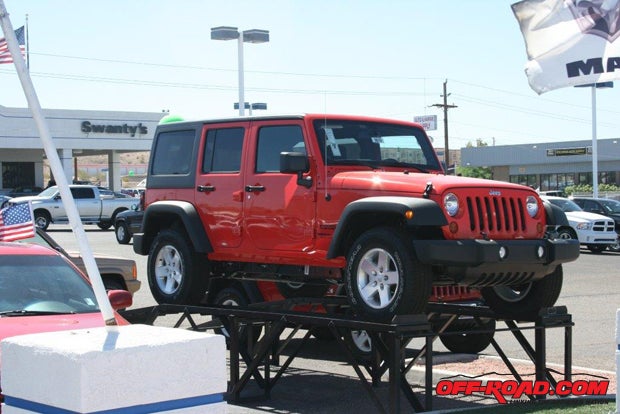
Even back in the “good ol’ days” of the CJ, AMC didn’t provide all four gauges unless the oil pressure and voltmeter gauges were ordered as options. They then flanked the big iconic circle that dominated the CJs’ dashboards, which included the speedometer/odometer, fuel gauge, temperature gauge, idiot lights for battery and oil, and indicators for 4WD, high beams, brake trouble and turn signals (and I believe the “check engine” signal in later models). Most of us ordered the additional gauges without even thinking about it.
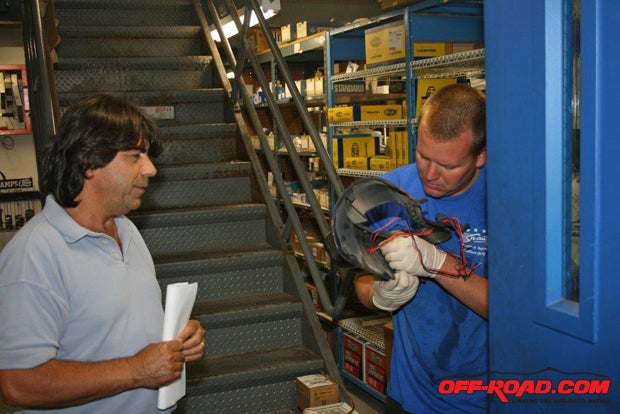
I wish Jeep would currently offer the additional gauges as options on JK models but they don’t. Therefore, we have to make do ourselves. Recently, Summit Racing began offering the smaller 2-1/16 inch diameter gauges in addition to the 2-5/8 inch gauges that have been around for decades (which I used on my CJ—see it here). The larger gauges are needed in the CJ because of the distance between the driver’s eyes and the gauges and the CJ’s bouncing. But the gauges in a JK are much closer and a JK—especially a four-door—bounces much less than a CJ. Therefore the smaller gauges work great.
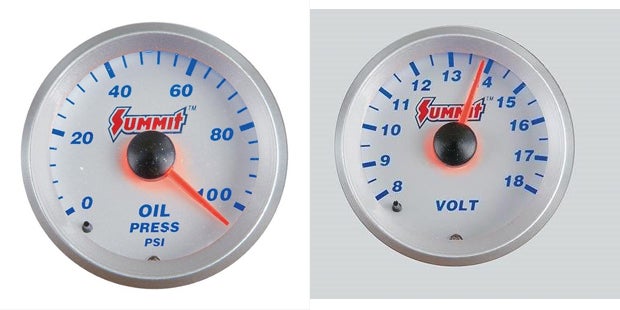
As always, trying to find space and/or a location for an accessory inside a JK’s cockpit is difficult due to its dashboard design. Since I already have a Garmin GPS receiver mounted on the top center of my dash above the entertainment system, I couldn’t mount the instrument pod there even though that seems to be the preferred location. I had to find a different location; I chose the dash above the instrument cluster, in front of the steering wheel. Although it has proven to be an excellent location, I would have preferred an instrument pod that mounts vertically on the windshield’s A-pillar, but no manufacturer offers an instrument pod with that design.
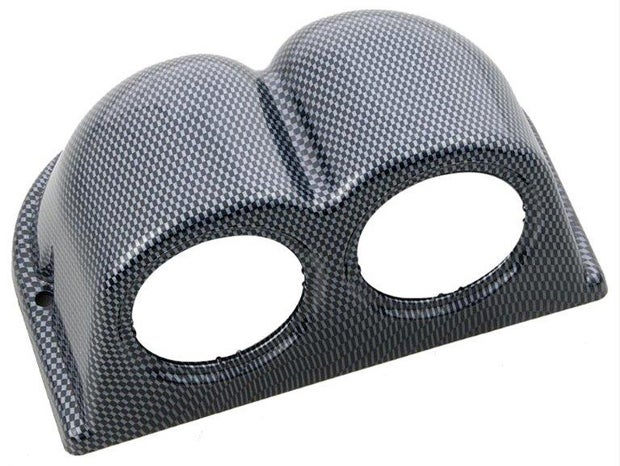
Let me make a short aside here: if you don’t have the GPS and you want a three-gauge pod instead of a two-gauge pod, the center of the dash is an excellent location. You could add a temperature gauge for engine oil, transmission fluid, or the fluid in one of the differentials.
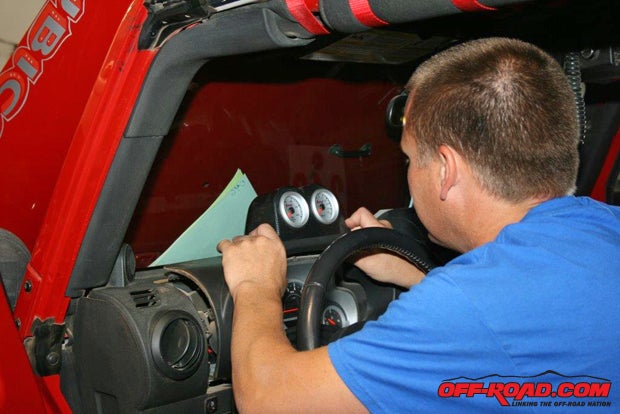
Author’s note: Some of you, especially if you’re building a fully custom JK, may opt for digital gauges—either supplemental gauges to Jeep’s OEM instrumentation or a completely new dash with all digitized instruments. Summit Racing (http://www.summitracing.com/) can provide whatever you need.
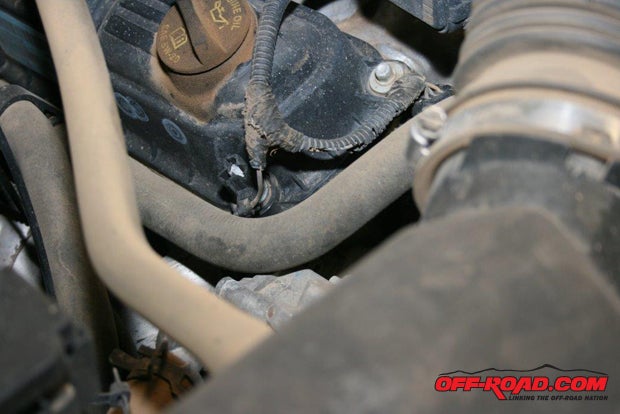
As I said, I chose the two-gauge pod (part no. sum-g2878) for its small size and ease of mounting, although a three-gauge pod is also available. Add the Summit Racing silver oil pressure gauge (part no. sum-g2881) and silver voltmeter (part no. sum-g2880) to the pod for peace of mind. Both gauges include all the usual mounting hardware, wiring, connectors, etc., and the oil pressure gauge kit includes a sender. You can get the entire “Peace-Of-Mind” kit for slightly more than one hundred dollars ($108.85 plus tax and shipping). As you can see in the photos, I chose a local Jeep dealership (Swanty’s Chrysler, Dodge, Jeep in Bullhead City, Arizona) to install my gauges, for which I was charged three hours labor, but you may decide to install them yourself. If you do decide to do it yourself, you’ll need a special Jeep tool to remove the OEM oil pressure switch, which you can order from your local Jeep dealer.
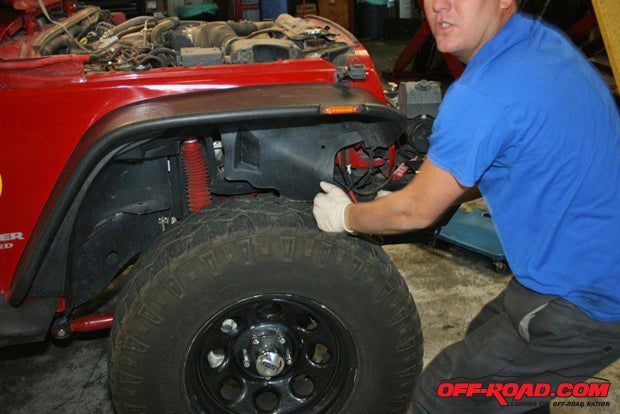
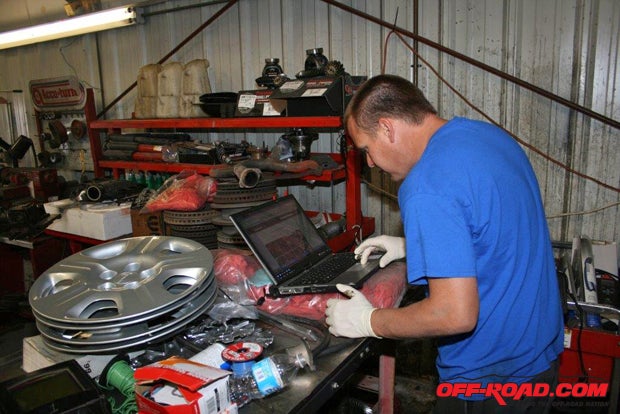
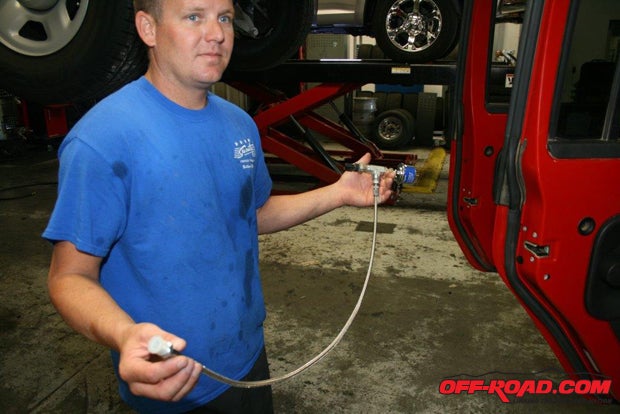
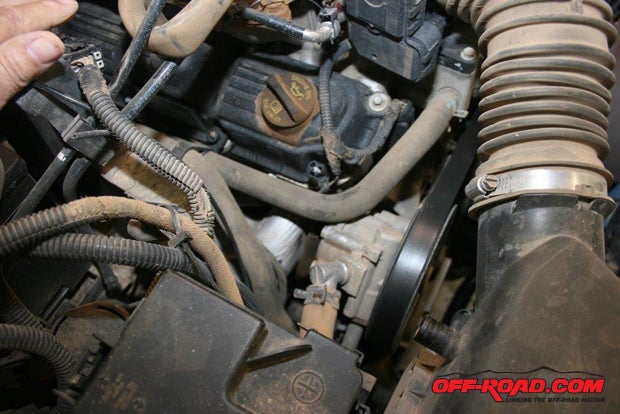
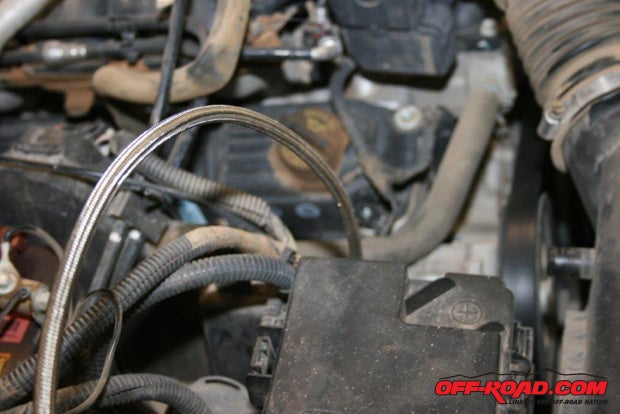
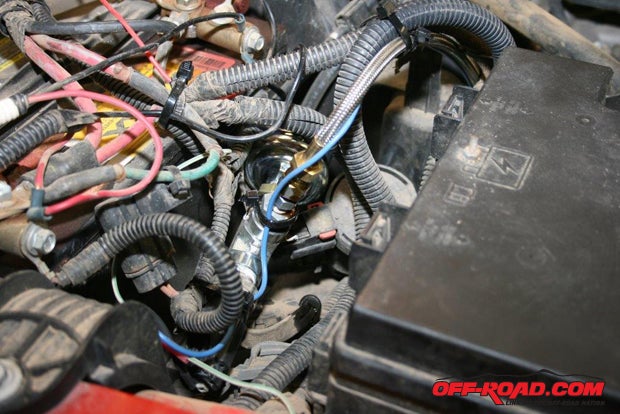
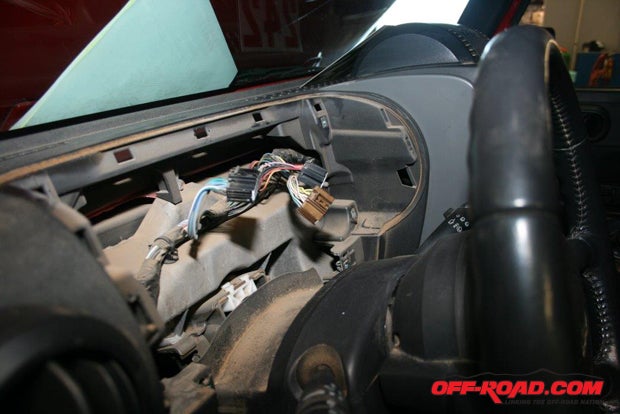
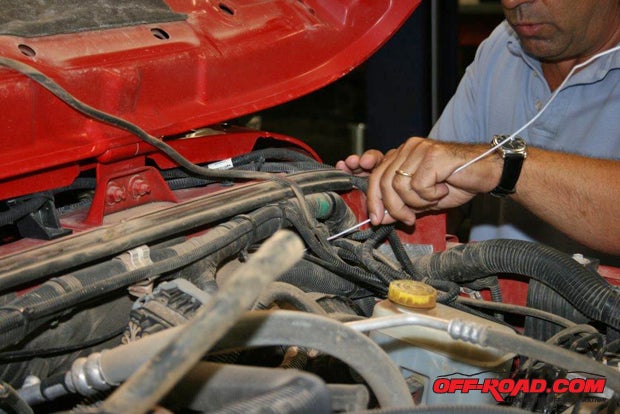
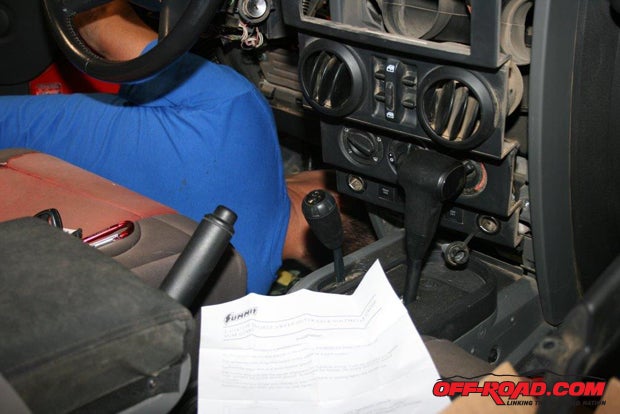
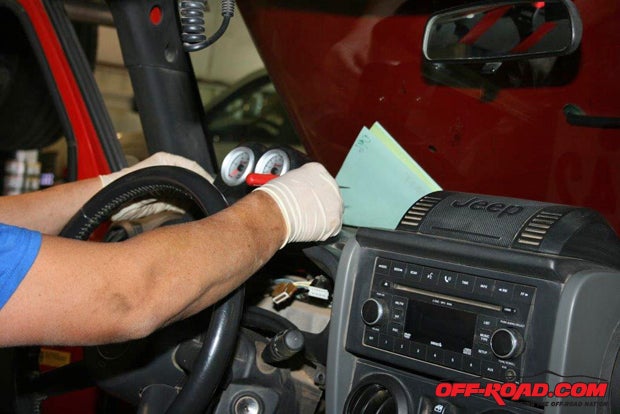
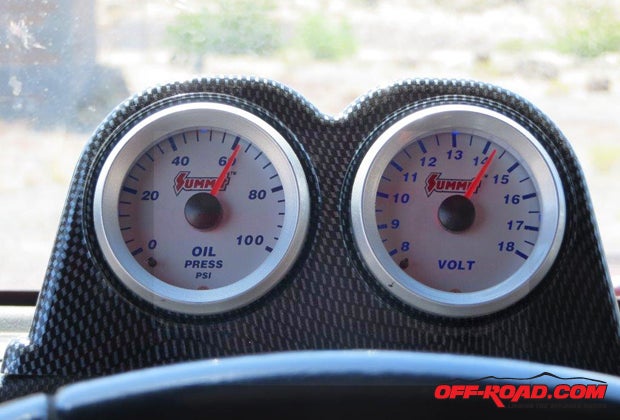
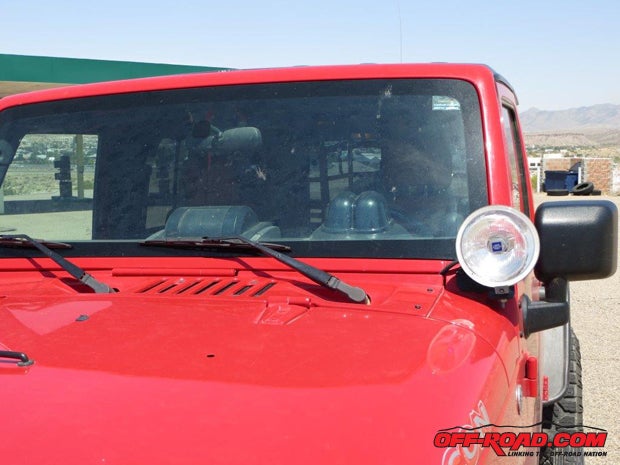


 Your Privacy Choices
Your Privacy Choices